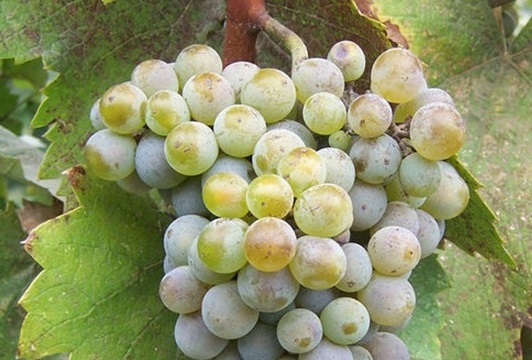Georgian Grapes
Tsitska

Tsitska is a white grape variety from the Imereti region in Western Georgia, which is known for its cooler climate and fertile, limestone-rich soils.
The grape is often planted on slopes at moderate altitudes (200–500 meters), which help maintain acidity in the grapes due to cooler temperatures.
It is primarily used to produce dry white wines, though it is occasionally blended (often with Tsolikouri or Krakhuna) or made in sparkling wine and amber (skin-contact) styles.
Tsitska is well-suited for both modern stainless-steel fermentation and traditional qvevri winemaking, which can significantly change its profile.
In classic style, it offers crisp, floral, and citrusy wines perfect for light fare and seafood. In its amber or qvevri form, it transforms into a bold, textural wine suited to rich, earthy dishes.
Tsitska Flavors
Lemon Zest |
Apple |
Pear |
Plum |
Kiwi |
Chamomile |
Herbs |
Mineral |